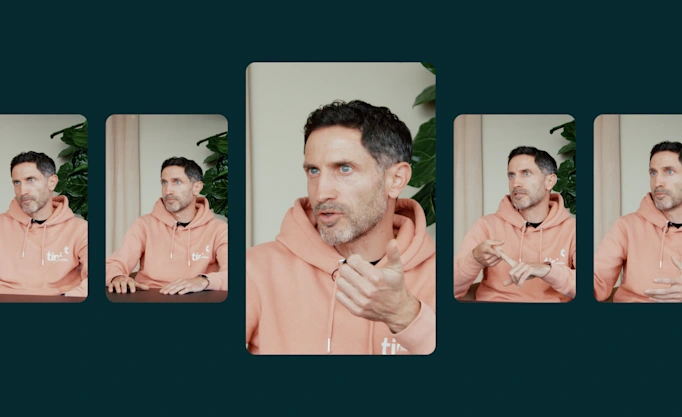Invoice settlement: what it is, and how open banking makes it simpler

Invoices can be traced back to the 1500s, as a way of two parties agreeing that something has to be paid for – essentially, a bill for deferred payment. The way in which invoices are paid, however, has changed over the years. Once commonly sorted with cheques, then online banking – and now, open banking, is making it even easier. Here’s how.
Paying invoices (essentially: bills) hasn’t always been a fun task – and not just because you’re giving money away.
With the increasing consumer demand for seamless digital experiences, having to copy and paste account details and long reference numbers between apps is not ideal.
Open banking provides a better alternative, letting customers pay with a few clicks, all in an embedded payments flow.
In a nutshell, when we talk about what open banking can bring to invoice settlement, it makes it possible to make paying invoices both quicker and easier by allowing customers to pay directly from their bank account.
Another very clear benefit is that the transaction costs are generally much lower, due to the simplified nature of account-to-account payments. They sit in contrast to traditional payment funnels, which were not built for the digital age.
The rise in popularity
The world is becoming more and more digital and online-first, sped up in large parts by the pandemic. According to Adobe, the online spend by US consumers has seen massive growth in the past two years, and is expected to surpass $1 trillion for the first time in 2022.
Whether shopping or paying bills, consumers are becoming more demanding with their online needs. And with the growing competition in digital services, merchants understand the value of addressing these demands. This is leading the experience to mature, with digital user journeys being top of mind, instead of just a ‘nice-to-have’.
One-click buying and Buy Now, Pay Later services have also skyrocketed in popularity, largely because they take a much more streamlined, user-friendly approach.
The growing pains of invoice settlement
It’s not all smooth sailing though. Invoice settlements and bill paying have greatly improved since the days of filling out paper forms, but they’re still far from perfect.
They require a lot of manual work, such as typing in account numbers, copying and pasting different reference numbers and just generally getting lost in endless admin to get things done. Not to mention the potential for errors when inputting those ridiculous 16 digit codes.
Add this to the fact people don’t like paying their bills, it’s no surprise that some consumers are still left wanting more from the experience.
How open banking can make a difference
So how does open banking solve these problems? That’s where the benefits of payment initiation comes in.
For starters, consumers can get a far more embedded user journey. It gives them a seamless transaction journey, meaning they don’t have to hop back and forth between different apps or services to get things done.
In Tink’s Payment Initiation flow, customers can see a full overview of all of their accounts before deciding which one to pay with – and time is saved with pre-populated invoice details, getting rid of the need for manual entry each time.
In exchange for this simplicity, the knock-on effect for the merchant is a much-improved conversion rate and uninterrupted engagement, as there is no dropoff to dip into another app to approve, identify or confirm anything.
Open banking-powered invoice settlement in action
This is all great in theory, but does it hold up in practice? For a real life example of how open banking has been used to improve invoice payments – get to know more Tink’s partnership with Kivra, and how it’s making invoice settlement simpler for millions of Swedish customers.
More in Open banking

2025-11-20
3 min read
Tink powers the UK’s first cVRP transaction with Visa A2A
In partnership with Visa, Kroo Bank, and Utilita, we’ve just helped demonstrate the UK’s first commercial variable recurring payment (cVRP) using the Visa A2A solution – and it’s a big step forward for how people make regular payments.
Read more

2025-06-09
11 min read
The case for “Pay by Bank” as a global term
Thomas Gmelch argues that "Pay by Bank" should be adopted as a standard term for open banking-powered account-to-account payments to reduce confusion, build trust, and boost adoption across the industry.
Read more

2025-06-02
3 min read
Tink joins Visa A2A – what it means for Pay by Bank and VRP
Visa A2A brings an enhanced framework to Pay by Bank and variable recurring payments (VRP) in the UK, and Tink is excited to be one of the first members of this new solution.
Read more
Get started with Tink
Contact our team to learn more about what we can help you build – or create an account to get started right away.
